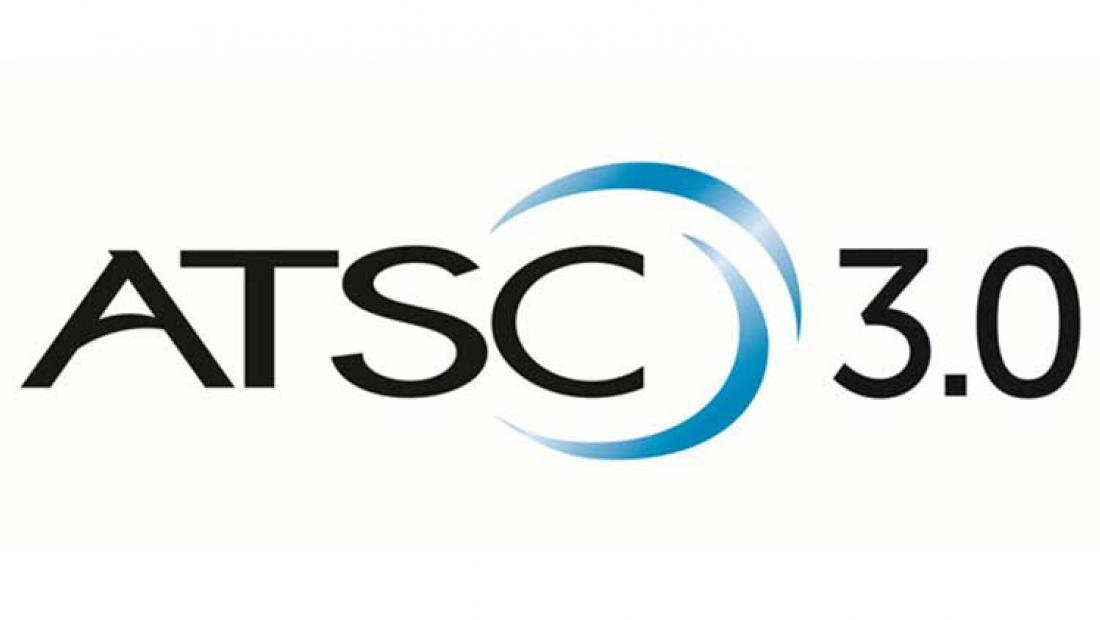Next Gen TV Offering Television Industry a Chance to Impede Piracy and Compete in OTT Era

Samsung, LG and Sony – the biggest TV manufacturers – have recently joined Fox, NBC and Telemundo Owned Stations Group and a growing list of leading broadcasters in voicing their commitment to ATSC 3.0, which powers Next Gen TV.
With ATSC 3.0’s large-scale introduction now looking assured for 2020, broadcasters will be able to introduce a variety of cool, new internet-enabled business and consumer features with the standard’s advanced transmission technologies.

These features will let broadcasters offer more channels along with better picture and sound quality, while improving broadcast reception for both TV and mobile viewers. In short, broadcasters will have the opportunity to redefine themselves by offering lots of new viewing experiences including those comparable to OTT subscription and ad-supported internet providers.
And why not? People love OTT services like Netflix, Amazon and Hulu for their phenomenal original content and, at an even more basic level, how they make TV fun with appealing user interfaces and tailored content recommendations. For broadcasters and content providers looking to compete in this dynamic new world, creating seamless viewer experiences between broadcast channels and their growing subscription OTT services could help close the gap.
Yet these promising new premium content profit centers will be doomed, even before they begin, if broadcasters miss the opportunity to incorporate necessary technological safeguards and defend themselves against competing pirate services bent on destroying what could become a boon for the industry.
The Next Gen TV standard has the usual assortment of Digital Rights Management (DRM) tools, but neither DRM nor the standard, itself, include anti-piracy measures. Ultimately, the revenue from this new market will depend on broadcasters’ willingness to target pirate streaming services by protecting their high-value content and services against theft. Without the additional layer of anti-piracy protection, these new broadcast services will suffer the same fate as the music industry.
The movie studios sought to prevent what happened to their music brethren by encrypting DVDs with DRM at the outset of that industry, letting DVD player manufacturers know they would be excluded from this profitable new market if they failed to agree to their content protection rules.
What they did not see coming, however, was the loss of billions of dollars with the emergence of DRM-only DVD as a format for piracy growth. Pirates embraced the convenient discs over the original VHS format, because they could be perfectly replicated and easily transported all over the world.
Not for long, though. Realizing the financial hit they were taking, and that DRM alone was not enough to protect their DVD business, content providers required manufacturers to install playback control watermarking for their Next Gen Blu-ray format, effectively shutting down the pirated optical disc market. (Full Disclosure: I represent Verance, the company behind the Cinavia anti-piracy technology utilized by major movie studios, as well as Aspect, a foundational element of the Next Gen TV standard.)
Today’s broadcasters and content providers should follow the same lead as movie studios when it comes to content protection in the era of Next Gen TV, but first they will have to overcome manufacturers’ resistance to Next Gen TV anti-piracy measures.
I believe this can be done. The consumer electronics industry operates on the theory of “perceived obsolescence,’” which means that to stay in business it must convince consumers of the constant need to upgrade. So even though your iPhone or Galaxy may work perfectly well, the perception is you need to get the next shiny new phone.
As multiple recent consumer surveys have made clear, when it comes to selling the next generation of TVs starting in 2020, Next Gen TV is the motivator. Potential customers say they are drawn to a variety of its new personalized audio and video features including access to multiple languages, hometown announcers for national broadcast games and selecting multiple camera angles, as well as interactive capabilities such as catch-up TV and start over.
Without the support of broadcasters or streaming services, the adoption of Next Gen TVs will be challenging at best and TV sales will lag. New business models that make broadcast competitive with SVOD and OTT will be at risk. Now is the time for the content side of the business to encourage TV manufacturers to promote legitimate broadcast services.
Bill Gates knows this. In his now-famous 1996 essay, Content is King, the Microsoft founder looked at long-term winners in the television revolution and predicted the next big upheaval would come with internet-delivered content. More broadly, Gates knew that new distribution channels and supporting hardware cannot exist without compelling content.
For Next Gen TV and its new revenue-generating broadcast OTT services to thrive, broadcasters and studios must start thinking like Gates and realize Kodi and other black boxes for what they are – direct competitors offering reliable, high-quality offerings at prices far lower than legitimate OTT services. A report released by Sandvine indicated 6.5% of U.S. households are stealing live TV service at a cost to service providers of $4 billion in annual revenue.
Next Gen TV empowers content providers and broadcasters like never before, handing them the cards to stay competitive. In order for that to happen, however, they must remember what the studios learned in their earlier successful quest to end DVD/Blu-ray disc piracy: content is king, and these assets must be protected with more than DRM.
Mitch Singer, formerly Chief Digital Strategy Officer of Sony Pictures Entertainment, is an industry media and technology consultant.
Broadcasting & Cable Newsletter
The smarter way to stay on top of broadcasting and cable industry. Sign up below



